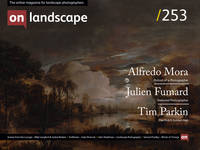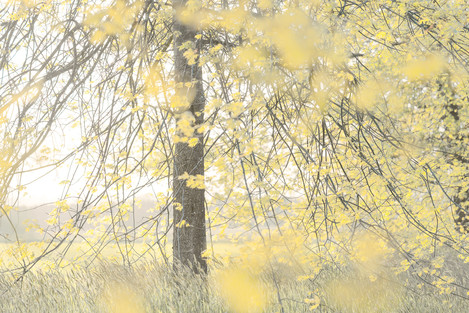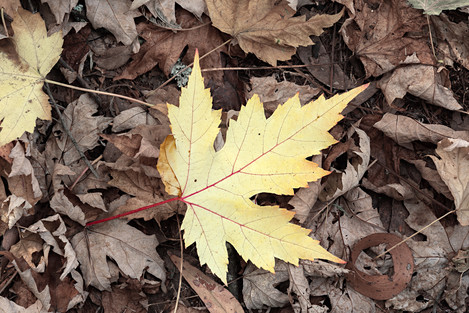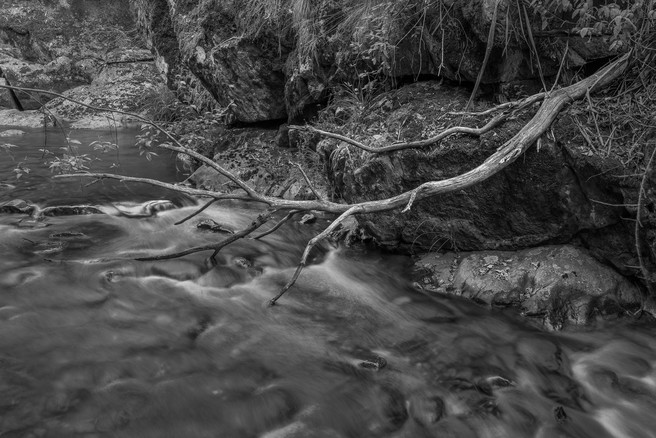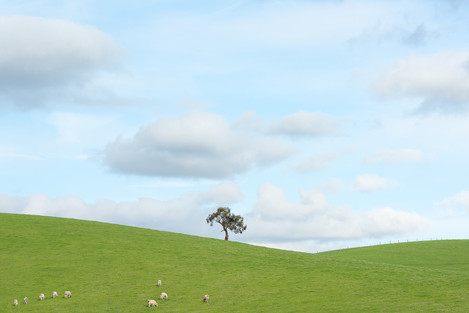Commentary on our inner world

John Hardiman
An Australian bloke who enjoys making fine art prints and capturing the moods of an ever-changing landscape. He runs a small home based studio in Melbourne for fellow photographers and artists in need of prints and reproductions, among other things.
Some time ago I came to the conclusion that photographs, on the whole, have little to do with photography at all. They represent something else. The million and one photographic techniques, styles and genres all lead to the same place, they make commentary on the world, about life and about ourselves. It’s probably no revelation to any artist that photography, at least photography as an artwork, draws parallels with other arts such as music, painting, sculpture and even poetry. They all play to the heart in one way or another. Songs, paintings, photographs and poems are simply messengers, tapping on the same door.
Landscape photography for me, in my little world, isn’t so much about a place, although it can be at times. It comes as a result of pondering and exploration. A need to seek a space away from the built-up world, out with nature where experiences and thoughts roam free and morph into the unexpected. It’s a place where the poet walks in, occasionally at least.
I’ve wondered about poets. It seems they were a little more prominent in days gone by, before mass media, commercialism and screens took over all our minds. My Grandmother grew up in the nineteen thirties in regional Australia. While studying the paintings of Constable, she was asked to describe the colours and features in his painting, The Hay Wain, with little more than a black and white drawing in a textbook for reference. No wonder the poets still had their voice, their words able to permeate the page in perfect form.
Eighty years on and my grandmother can still recite the flowing words of James Lister Cuthbertson’s poem, The Australian Sunrise among others. Despite her failing eyesight, the words have become a part of her, returning her to her childhood. Her experiences in nature re-lived and intertwined with Cuthbertson’s, as if shared heart to heart. It’s these glimpses of poetry throughout my life which have made me curious, what else is there to be discovered? Can landscape photography translate the same experiences of nature and life as these seemingly simple words?
The Australian Sunrise
The Morning Star paled slowly, the Cross hung low to the sea,
And down the shadowy reaches the tide came swirling free,
The lustrous purple blackness of the soft Australian night
Waned in the grey awakening that heralded the light;
Still in the dying darkness, still in the forest dim
The pearly dew of the dawning clung to each giant limb,
Till the sun came up from ocean, red with the cold sea mist,
And smote on the limestone ridges, and the shining tree-tops kissed
Then the fiery Scorpion vanished, the magpie’s note was heard,
And the wind in the she-oak wavered and the honeysuckles stirred;
The airy golden vapour rose from the river breast,
The kingfisher came darting out of his crannied nest,
And the bullrushes and reed-beds put off their sallow grey
And burnt with cloudy crimson at the dawning of the day.
If paints were never invented and if photographs did not exist, I suspect that more of us would still be writing poetry. Here’s what Georges Lafenestre had to say as he described the work of French landscape painter Paul Huet, who was influenced by Constable and whose works went on to inspire the impressionists. “It is when the artist-poet is alone, when he sinks into the woods, aimlessly, at random, in the thickets and coppices, that he feels best penetrated and revived by the diffused freshness of budding greenery and intertwined twigs, and by the quivers, splinters and caresses of light flowing through this rustling and fragrant congerie.” Such poetic words in themselves. I love how Lafenestre refers to Huet as an artist-poet, where his experience in nature becomes part of the artwork itself, it becomes poetry on canvas.
I’ve read some poetry myself, enough to get the gist and I can’t help thinking we come from the same frame of mind. My viewfinder may see the trees and the fields, but I aim to capture something else, something deeper. I may not be a poet with words, so perhaps I’m a photo-poet out in the landscape. Maybe that’s what landscape photographers are.
You use words.
I use pictures.
We can both share nature.
There’s a well known poem by Robert Frost, The Road Not Taken, which wrenches my heartstrings every time. Frost inspired countless others with his poetry and was even acknowledged by the government of his day, with a tribute stating “…These poems have helped to guide American thought and humor and wisdom, setting forth to our minds a reliable representation of ourselves and of all men…” I for one, would like to see more of that today.
The Road Not Taken
Two roads diverged in a yellow wood,
And sorry I could not travel both
And be one traveler, long I stood
And looked down one as far as I could
To where it bent in the undergrowth;
Then took the other, as just as fair,
And having perhaps the better claim,
Because it was grassy and wanted wear;
Though as for that the passing there
Had worn them really about the same,
And both that morning equally lay
In leaves no step had trodden black.
Oh, I kept the first for another day!
Yet knowing how way leads on to way,
I doubted if I should ever come back.
I shall be telling this with a sigh
Somewhere ages and ages hence:
Two roads diverged in a wood, and I—
I took the one less traveled by,
And that has made all the difference.
Frost’s poem doesn’t really seem to have an answer at first, it contradicts itself as the writer ponders a decision, inferred by a fork in the road in a yellow wood. The words are full of ambiguity and uncertainty, as we may feel in the same situation. What would I choose? Then, just as we are led from the visuals of a yellow wood to the decisions of life, the layers of meaning build on each other even further. The lines “I shall be telling this with a sigh…. Somewhere ages and ages hence” add yet another layer of depth. Perhaps they are a humbling commentary on human nature itself, which I’ll leave for you to ponder as the implications are so vast I can’t even begin to turn them into words. Besides, the poem will speak much more elegantly than I can.
When I wonder and ponder in the landscape, I may not have such a way with words, but I can see them in the trees and the grasses. Puzzles of life, of the heart, revealed in every direction. Beauty. Time. Family. Danger. But strangely, it’s not the camera or the photograph which captures life in a picture, we draw these connections ourselves. We need to feel them in order to capture them and make them known. Lifelong stories, curiosities and dilemmas which float around us everywhere, waiting for their time. With a careful touch of colour and tonality, flavoured to taste in just the right way, we can create our own visual poetry, which I’ll call “landscape poetography”. I wonder if it will catch on.
Now I’m no literary expert, English was my worst subject at school, but I would liken the structure of a poem to the composition of a photograph. The way words flow from one line to another is mimicked in the line, colour, tone and layout of a photograph. Deliberate changes can throw the reader off surprisingly or make them feel uneasy. Whatever is needed to support the underlying story. Words, colours or tones could all be used to make us comfortable or mixed appropriately to raise questions and ambiguity. Photographs and poems can both be metaphorical, drawing on the visuals but meaning something else. They can both reflect the human heart.
I would be more than happy to make poetry with my photographs, but let me twist that around for just a moment. Here’s a poem I wrote about the way I feel in nature, with a camera in my hand.
Natures voice
Nature sways with inspiration,
reflecting ourselves, she is our teacher.
She shares our struggles and changing moods,
soaks in, adapts;
the dew falls upon her.
A fiery day withers and creaks,
and into our soul directly she speaks.
After writing this piece, I decided to emerge from my cocoon to see if ‘poetography’ already exists somewhere out there. You might think I would do that first, but I feared my mind would be sucked into an abyss and these ponderings wouldn’t exist at all. It turns out there are already references to the term poetography and the concept is along the same lines, the same twisted turning lines of an old tree branch. So maybe it will catch on after all. Maybe we are already ‘landscape poetographers’ and we just don’t know it yet.
Enjoy!

